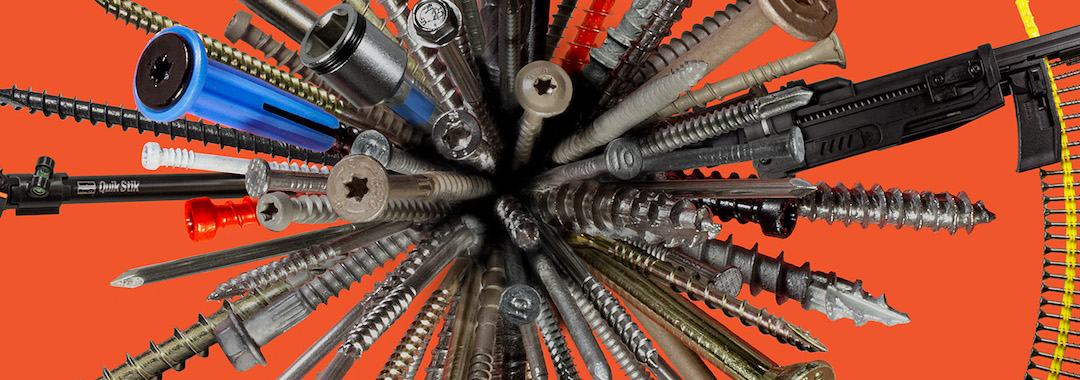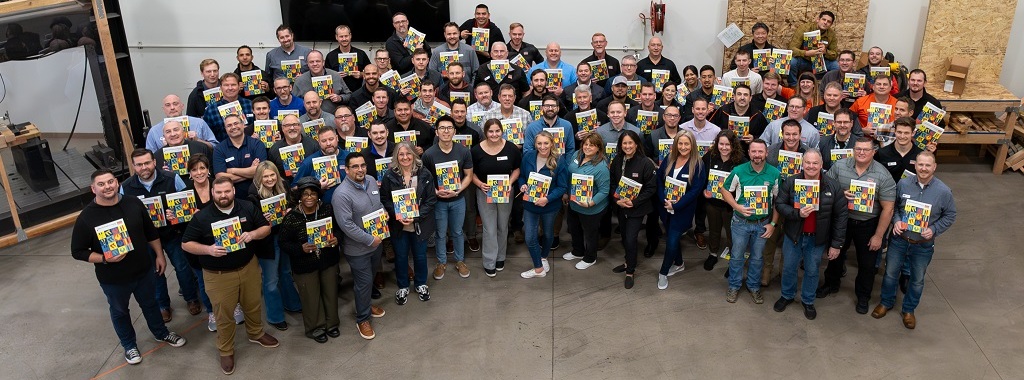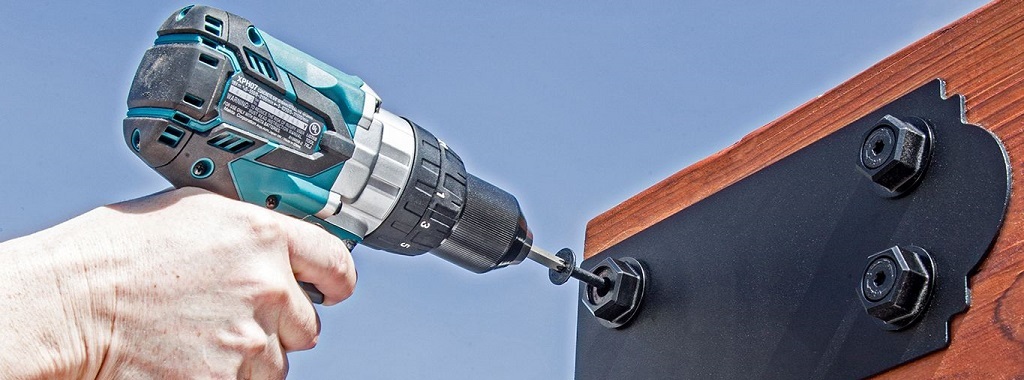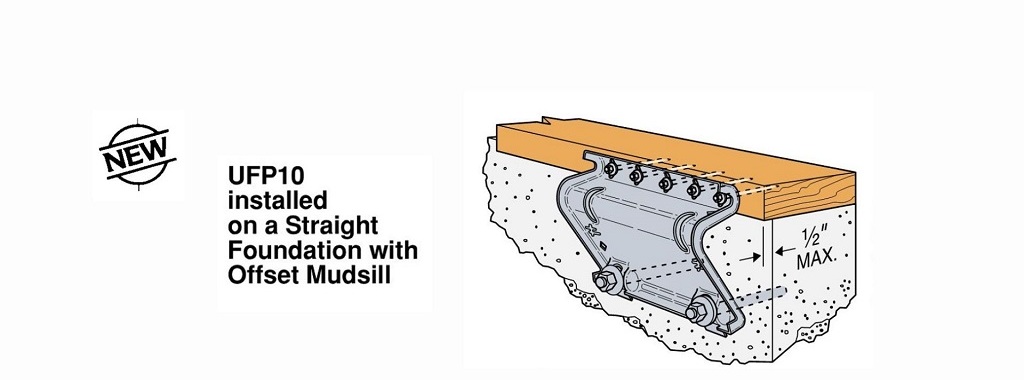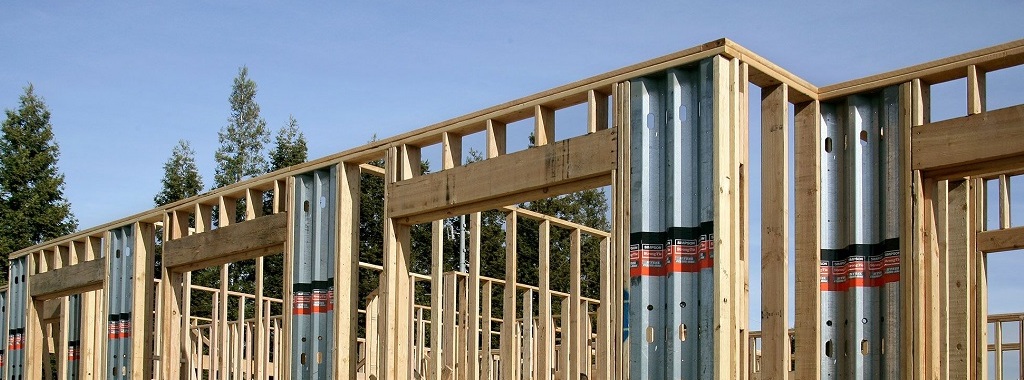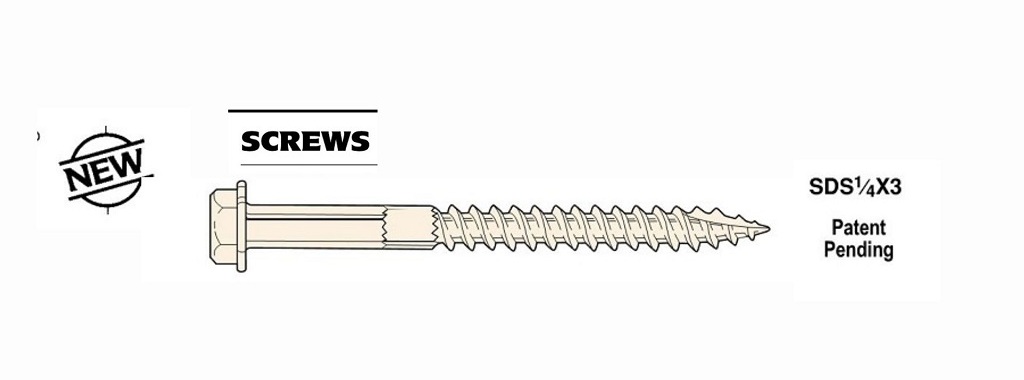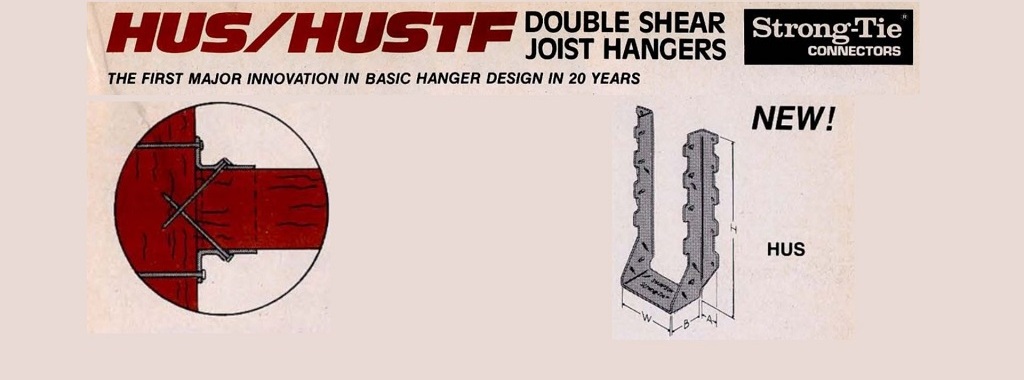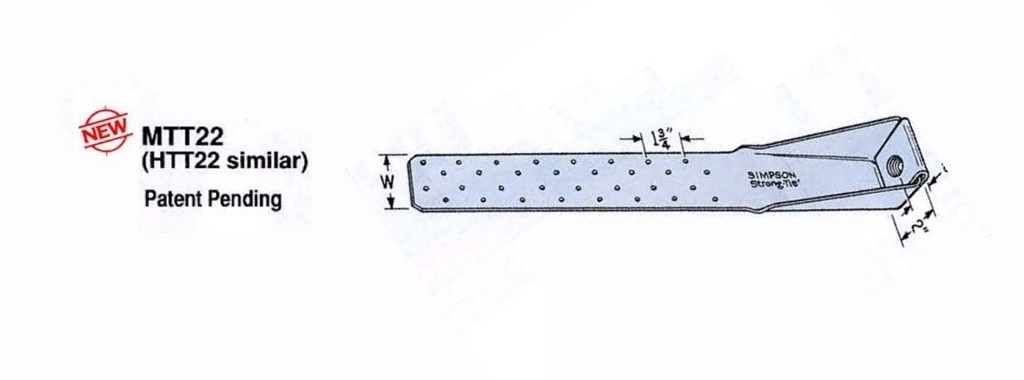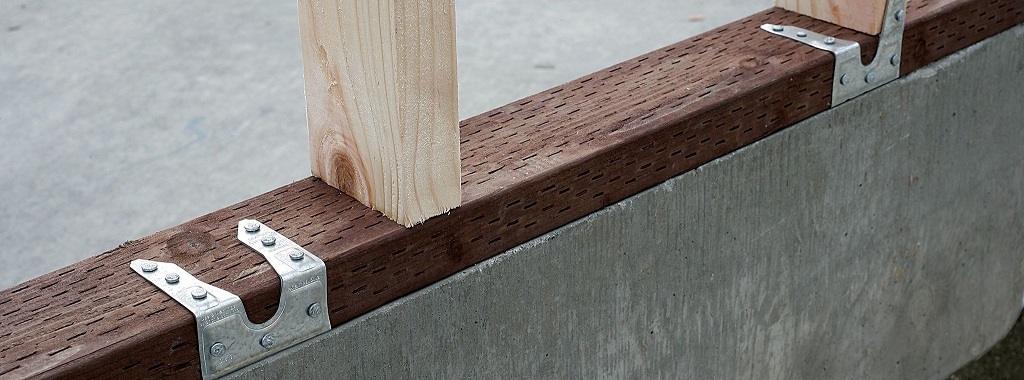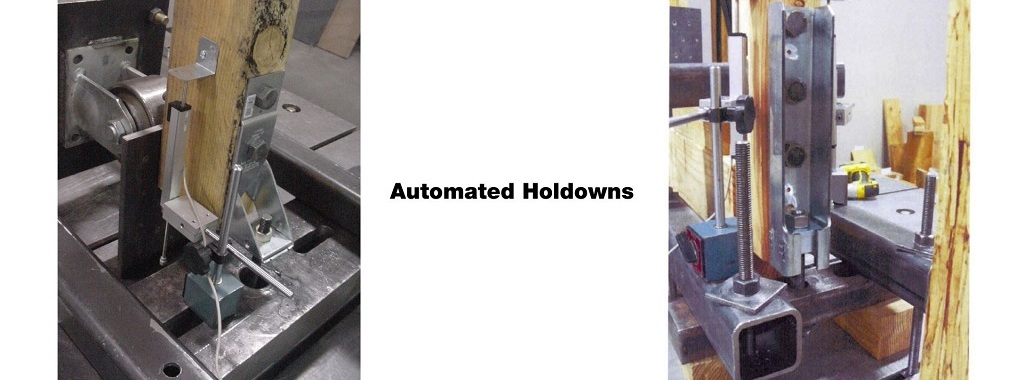This is the last of a three-part series covering common questions we receive in our engineering department. Part 1 consisted of frequently asked questions related to our anchor products (view Part 1 here), while part 2 covered connector products (view Part 2 here). These are questions that come directly into our call center, along with questions submitted through the website, our engineering email queues, and our sales team.
A New Wood Construction Connectors Catalog for the New Year
Welcome to 2024! I’m Bryan Wert, director for Connector & Lateral Systems. Prior to joining Simpson Strong-Tie 17 years ago, I was a consulting structural engineer primarily focused on single- and multi-family construction and it felt like Christmas morning when the new Simpson Strong-Tie Wood Construction Connecters catalog would appear on my desk. So I do find it exciting that now I get to be the one to start the New Year off announcing our new Wood Construction Connectors catalog (C-C-2024). I hope you enjoy the eye-grabbing cover art as much as I do, but more importantly I hope you’ll take some time to read this blog where I highlight what you’ll find inside the catalog.
Twelfth Day of Trivia — Outdoor Accents
I do wish I had 15 or 16 days to talk about more products. I thought about ending on mass timber products such as spline connections (CMSTC, LDSS, MDSS), tension straps (MDCST, MTWS), concealed beam hangers (CBH, ACBH, SCBH), or the heavy seated knife plate hanger (HSKP). Since I’ve written blog posts for most of those already, I decided to end with our Outdoor Accents® decorative hardware instead.
Eleventh Day of Trivia — Foundation Retrofit Plates
While working as a structural engineer in San Jose, California, I had the great opportunity to design many retrofits of historic (and some not-so historic) buildings. Younger me loved the site visits, crawling around in the dust and dirt to create as-built drawings, and I got tremendous satisfaction from helping to make these buildings safer and stronger. Older me would not enjoy the crawling so much.
Tenth Day of Trivia — Shearwalls
The Simpson Strong-Tie Strong-Wall® shearwall was introduced in 1999. The 1997 Uniform Building Code had incorporated restrictive 2:1 aspect ratio requirements for wood structural panel (WSP) shearwalls in high seismic areas. We conducted extensive cyclic testing of complete wall systems (not just components) to prove that narrow Strong-Wall shearwalls achieved the high performance required for seismic and wind designs.
Ninth Day of Trivia — Strong-Drive® SDS Screws
It’s difficult to talk about connectors without talking about fasteners. Simpson Strong-Tie developed the Strong-Drive® SDS Heavy-Duty Connector screw as a high-capacity alternative to nails or bolts, and the first connector using them was the PHD Predeflected Holdown. We released in both the PHD and the SDS screw in 1997.
Eighth Day of Trivia — Double-Shear Hangers
The first double shear hanger was the HUS, which appeared on the cover of the 1984 connector catalog. (Sorry that the image is a little dark. Thankfully, our photography and art design have improved over the last several decades.)
Seventh Day of Trivia — Nailed Tension Ties
We’ve discussed two types of bolted holdowns — the original welded HDs and their automated replacements, the HDAs. Just one year before the HDAs were introduced in 1988, our first nailed tension ties showed up.
Sixth Day of Trivia — Mudsill Anchors
Mudsills commonly attach to the foundation using cast-in-place anchor bolts. It can be labor intensive to lay out the anchor bolts, drill holes in the mudsill at the right location, and then bolt everything together. A very popular solution for anchoring mudsills is our MASA mudsill, launched in 2009.
Fifth Day of Trivia — Automated Holdowns
On day three, I talked about our first holdowns, the HD2 thru HD15, which were welded holdowns that use bolts. A major innovation in bolted-holdown manufacturing was the introduction of our HD2A through HD20A holdowns in 1988. The “A” stood for automated because these products were manufactured on a die that stamps out finished parts, eliminating welding and significantly decreasing costs.

